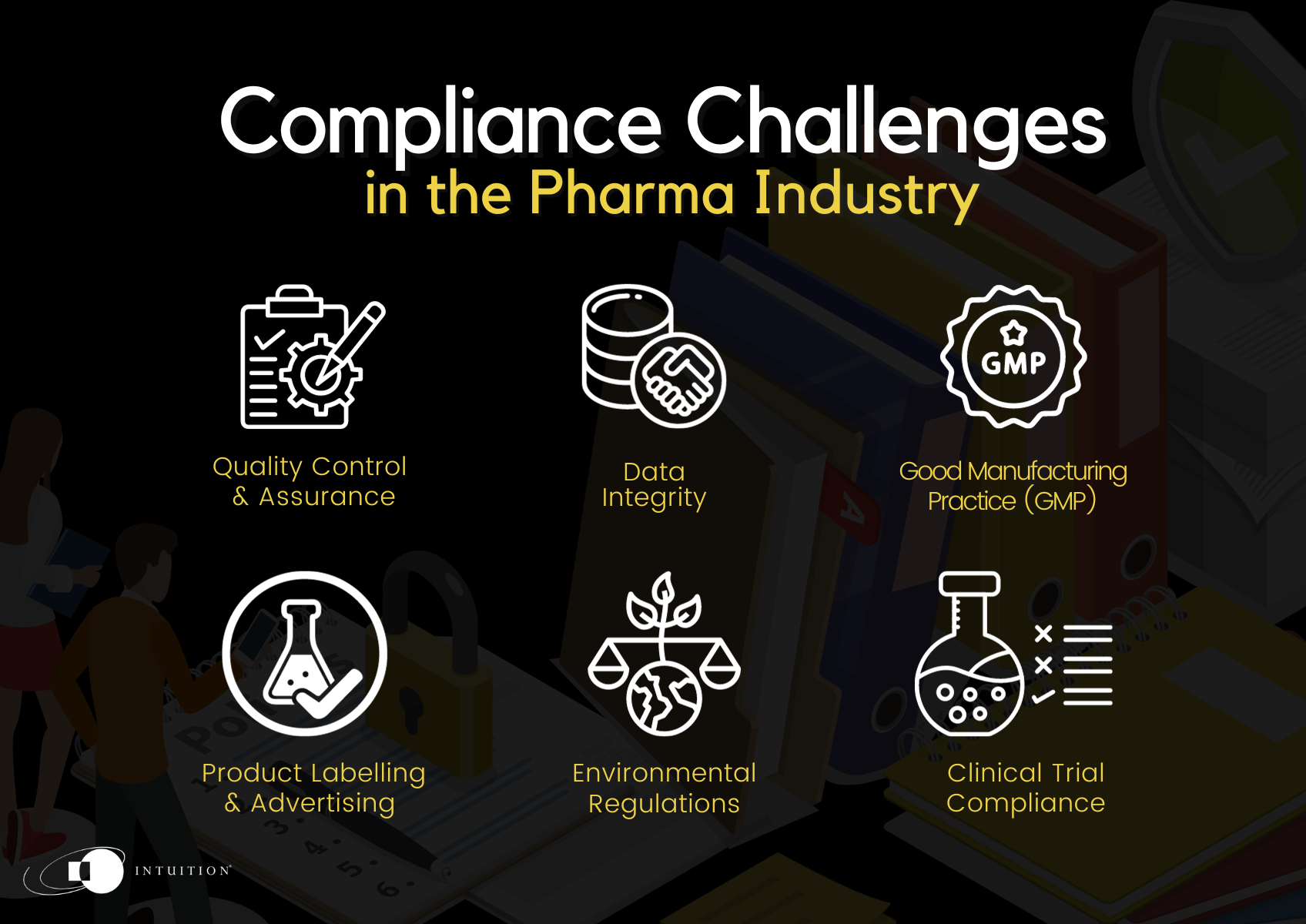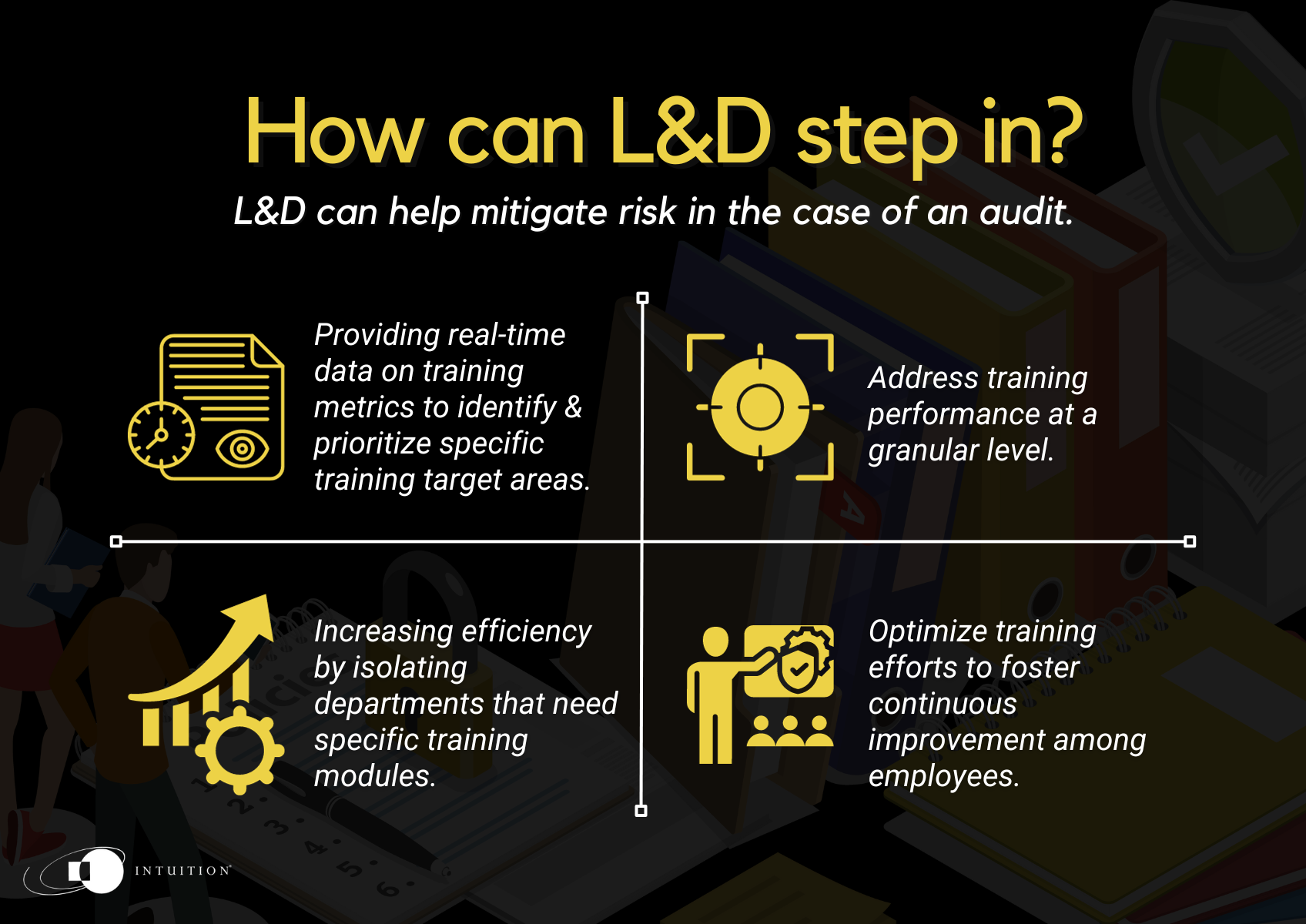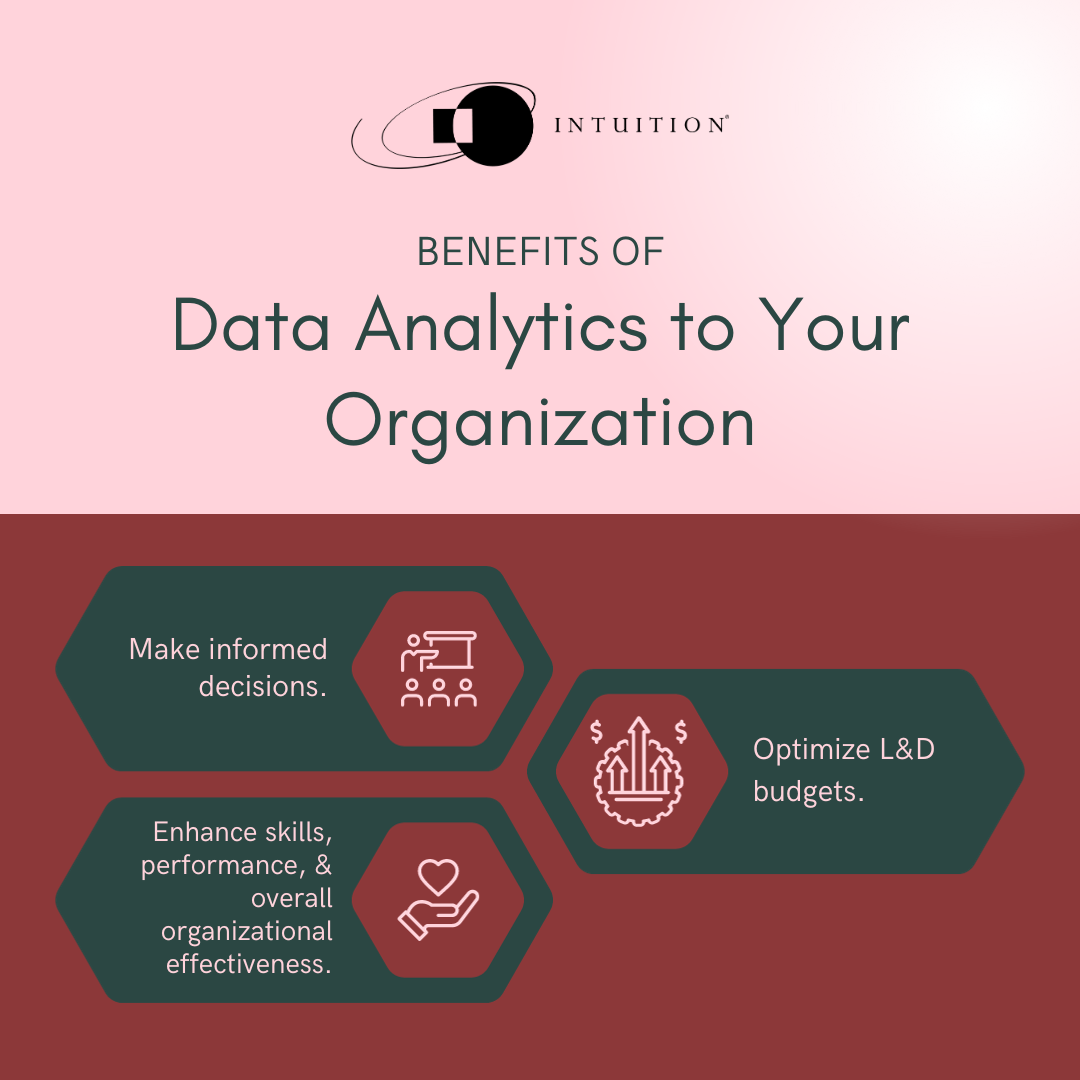Data-driven beginnings: Unlocking new frontiers in L&D
To no one’s surprise, big data continues to get bigger, and with our ability to capture, dissect and analyze information growing on a daily basis.
For decades, organizations at the forefront of this revolution have worked hard to improve data collection and presentation systems that have brought us to where we are today. It’s why we find ourselves in this moment, where an organization’s data analytics integration is an as important and non-negotiable feature of its technology stack as anything else. This is especially true when it comes to Learning and Development (L&D) initiatives. Using data analytics in L&D helps organizations meet legal requirements and promotes continuous learning. It empowers employees with the knowledge and skills they need to uphold compliance standards and as a result, reduces the risk of non-compliance and associated penalties.
[How to leverage data within your corporate compliance program]
Use case for training analytics for compliance teams
For many organizations worldwide, it can be difficult to follow all the rules in industries like pharmaceutical manufacturing. There are no shortages of examples when it comes to companies failing to be complaint and having to pay hefty fines, or even pulling new products before launching them. Learning and Development can help to aid this issue, making sure all the necessary people involved are correctly trained.
This can help mitigate risk in case of an audit. When you give an organization up-to-date information on training numbers, you can find out which areas need more attention. Organizations can address training performance at a far more granular level by thinking of this on a departmental basis. You can identify which departments need specific training modules compared to others. Data analytics in L&D helps organizations monitor compliance and improve training for employees and partners.
It’s no longer enough to stay up to date when it comes to compliance. Organizations instead need to adopt an approach of proactive risk management. Often companies are internally and externally audited. Using analytics, organizations can ensure that employees have completed their relevant training, by doing so the company can be confident when an audit occurs.


Exploring learning data in Learning and Development teams
When correctly implemented, an organization’s learning analytics integration can help to maximize training effectiveness through reporting metrics with key performance indicators like usage, user data, modules completed/partially completed/not completed etc. These indicators can explain everything down to employee/external partner sentiment, giving you a very specific gauge on user satisfaction and willingness to progress at different stages of the learner journey. These kinds of distinctions help the organization identify pain points across different departments. Like any aspect of a business, maximizing effectiveness is the goal, with L&D being no different. Using real time analytics can help organizations implement the most effective L&D program, but through monitoring training data, department leads can identify what each individual team needs in terms of training, cutting out any unnecessary learning initiatives that drain time and spend in the long run.
Data analytics reveal engagement levels, pinpointing active participants and fostering a deeper understanding of user interaction within the training platform. Tracking progress enables proactive intervention for individuals or departments falling behind in compliance training, ensuring everyone stays on track.
[Transforming L&D: Mastering learning analytics for real world impact]
How organizations can use data to determine return on investment (ROI)
Data analytics is crucial for organizations to determine L&D spending because it provides valuable insights. It also enables comprehensive cost analysis and budget tracking, allowing for the calculation of cost per learner. Moreover, data analytics assesses the return on investment (ROI) for various L&D initiatives, highlighting programs with the highest ROI and guiding resource allocation. Real-time monitoring and predictive analytics facilitate proactive budget adjustments, ensuring spending aligns with strategic goals. We use employee feedback and satisfaction data to measure how valuable our L&D initiatives are. This helps us assess cost-effectiveness.
By leveraging data analytics, organizations can:
- Make informed decisions.
- Optimize L&D budgets.
- Ensure resources are strategically allocated to enhance skills, performance, and overall organizational effectiveness.

Overall, data analytics plays an important role in L&D in many different ways. When investing in employees, organizations must consider if a Learning and Development program has analytic reporting capabilities.


